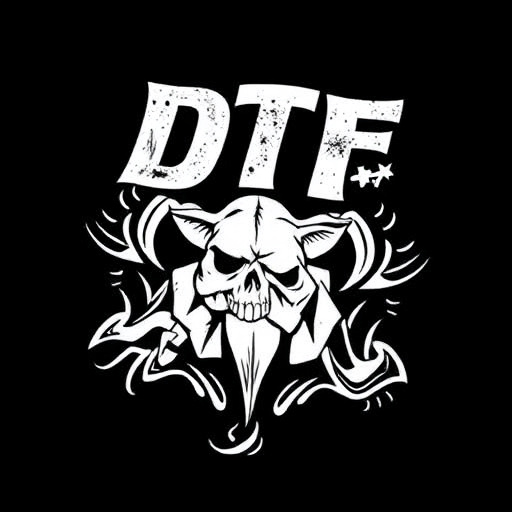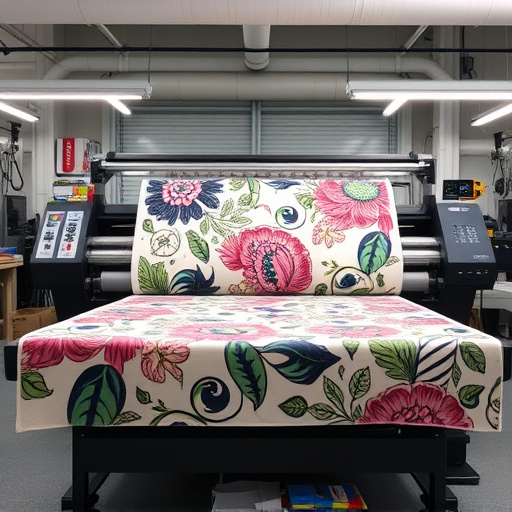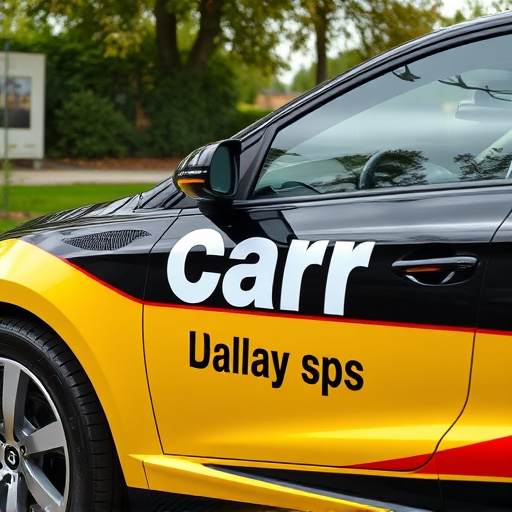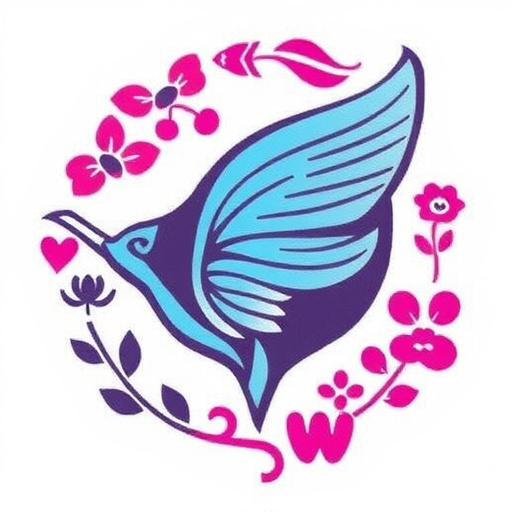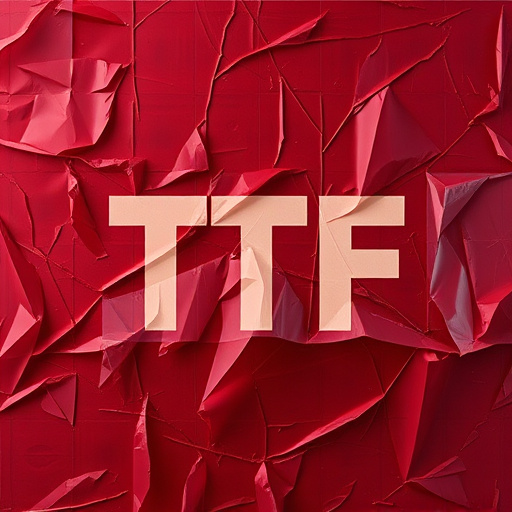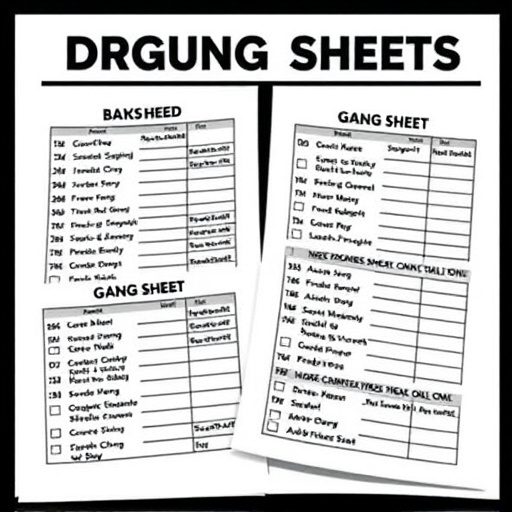DTF RIP Software is a game-changer in the textile and clothing industries, optimizing the printing process from design creation to final output. It acts as an intermediary between graphic design tools and specialized DTF printers, offering precise print settings control for accurate fabric logo and design reproduction. The software supports both hot and cold peel film workflows, catering to diverse industry printing methods, and is essential for brands aiming for high-quality, consistent DTF printing results. By streamlining workflows and enhancing productivity, DTF RIP Software produces superior prints on various fabrics, making it an attractive solution for maximizing output while maintaining excellent print quality in bulk shirt production runs.
“Discover how DTF RIP Software is transforming the printing industry, offering a versatile solution for efficient and high-quality output. This article delves into the world of Direct To Film (DTF) RIP, providing an in-depth look at its capabilities and advantages. From understanding the software’s core functions to exploring two primary workflows—hot and cold peel film—we uncover why DTF RIP is a game-changer for print professionals. Get ready to explore a seamless, streamlined printing process.”
- Understanding DTF RIP Software: An Overview
- Hot and Cold Peel Film Workflows Explained
- Benefits of Adopting DTF RIP for Efficient Printing
Understanding DTF RIP Software: An Overview
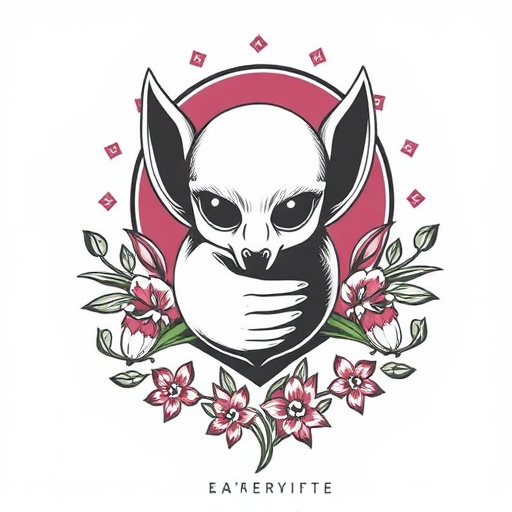
DTF RIP software is a cutting-edge tool designed to optimize and streamline the printing process, especially for textile and clothing industries. RIP stands for Raster Image Processing, indicating its role in converting digital designs into formats suitable for direct-to-fabric (DTF) printing. This software serves as a bridge between graphic design tools and specialized dtf printers.
By employing DTF RIP Software, designers and clothing brands can efficiently manage complex workflows, from creating graphics to cutting and peeling films. The software offers precise control over print settings, ensuring that logos and designs on clothing are accurately reproduced. For instance, it supports both hot and cold peel film workflows, catering to various printing methods used in the industry. This versatility makes it an indispensable asset for brands aiming to achieve high-quality, consistent results with their DTF printer, especially when creating dft logos for garments.
Hot and Cold Peel Film Workflows Explained
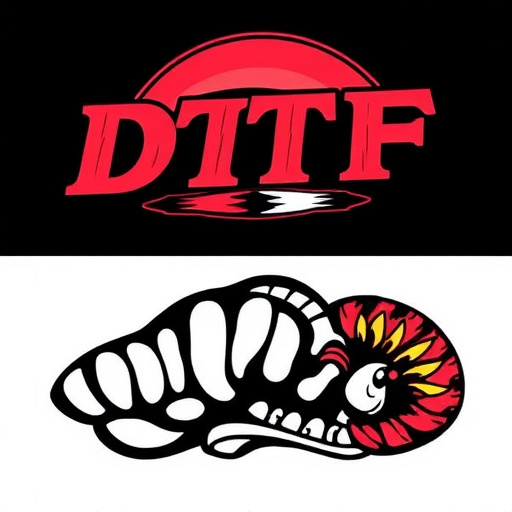
In the realm of printing and garment decoration, “Hot” and “Cold” Peel Film Workflows are two distinct methods using DTF (Direct-To-Fabric) RIP (Ready-To-Print) software to apply designs to fabrics. The primary difference lies in the temperature at which the transfer occurs. Hot peel involves heating the dtf heat transfer paper to a high temperature, causing it to fuse directly onto the fabric. This method is popular for its ability to produce vibrant, long-lasting prints on a variety of materials.
On the other hand, Cold peel utilizes lower temperatures, allowing the designer more control and flexibility. It’s ideal for DTG (Direct-To-Garment) printing and DTF for apparel applications where precision and detail are crucial. This workflow is particularly preferred by professionals who work with delicate fabrics or intricate designs that might be compromised by intense heat. The DTF RIP software plays a pivotal role in both, optimizing the design layout and ensuring the process is seamless, efficient, and delivers superior results whether it’s a hot or cold peel approach.
Benefits of Adopting DTF RIP for Efficient Printing
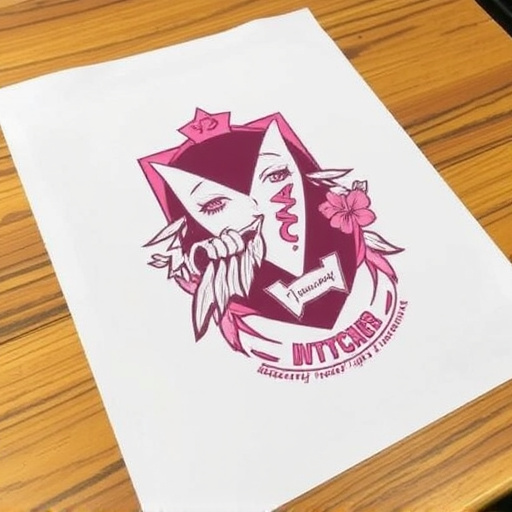
Adopting DTF RIP (Digital Transfer Film) software brings significant advantages to the printing process, especially in the context of efficient and high-quality clothing and fabric printing. One of its key benefits is streamlining the workflow for both hot and cold peel dtf transfers, enabling printers to effortlessly manage diverse material types. This versatility is crucial for businesses catering to various sectors, from fashion to sports teams, where different fabrics require specific handling.
Additionally, DTF RIP software enhances productivity by optimizing the preparation of dtf printing for light fabrics, which can be delicate and challenging to work with. The software’s advanced capabilities ensure precise color reproduction and accurate image placement, resulting in superior-quality prints on bulk DFT shirt production runs. This level of efficiency and precision not only saves time but also minimizes waste, making it an attractive solution for businesses aiming to maximize output while maintaining excellent print quality.
DTF RIP software offers a game-changing solution for print businesses, especially in the context of peel film workflows. By embracing hot and cold peeling techniques, printers can significantly enhance efficiency while maintaining high-quality results. This innovative technology ensures a seamless transition from design to print, making it an indispensable tool in today’s competitive printing industry. With its numerous benefits, adopting DTF RIP software is a strategic move towards optimizing printing processes and meeting the evolving demands of clients.


